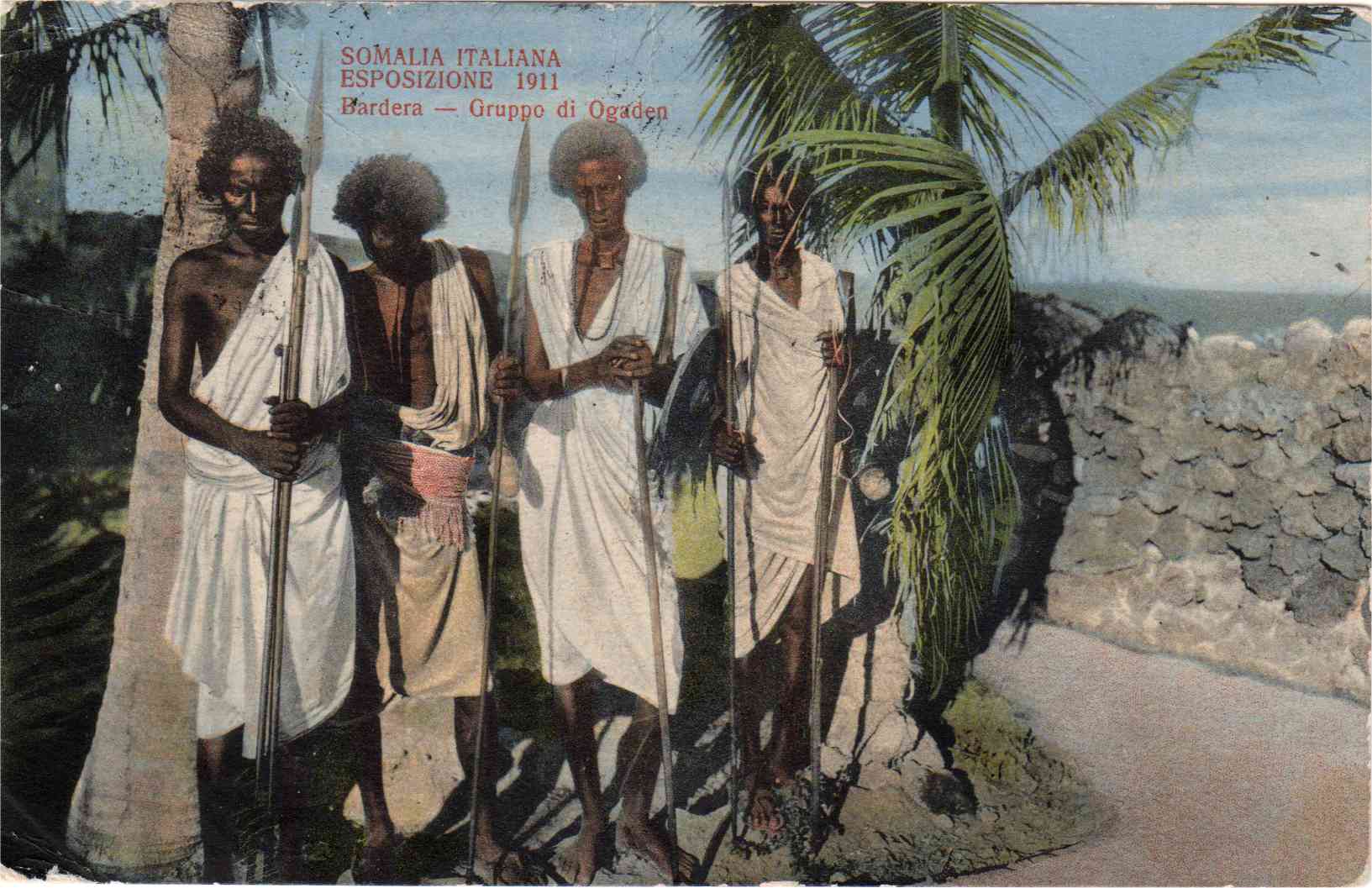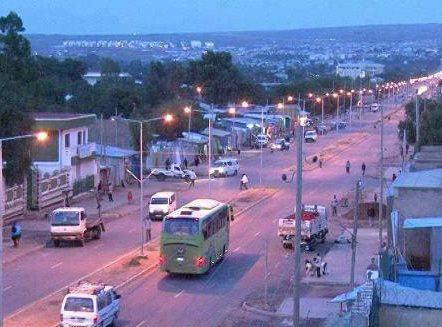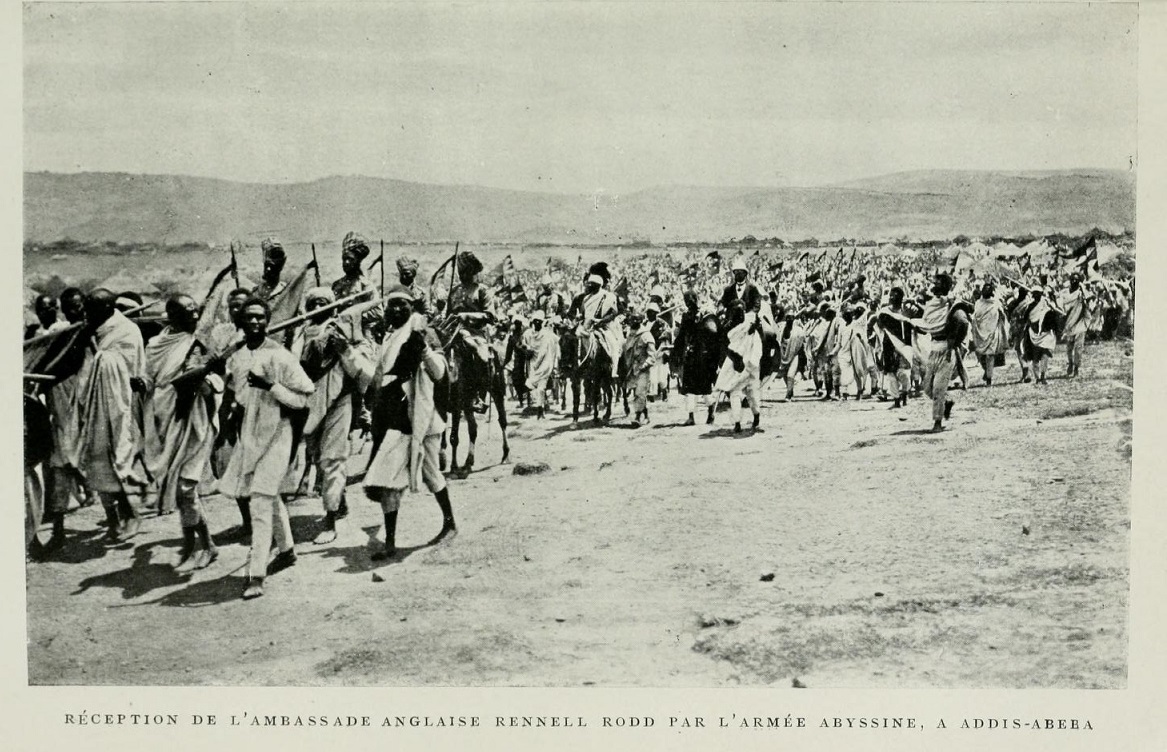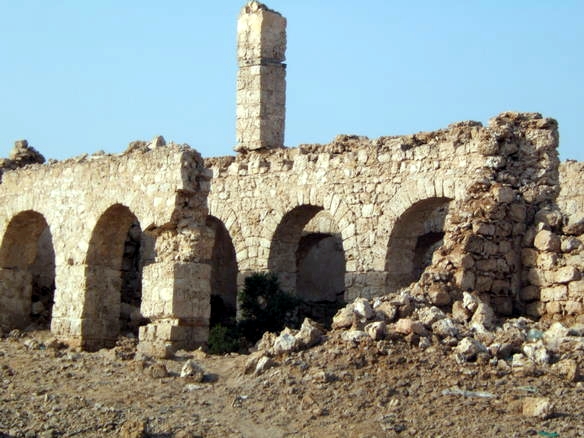|
Ogaden Desert
Ogaden (pronounced and often spelled ''Ogadēn''; so, Ogaadeen, am, ውጋዴ/ውጋዴን) is one of the historical names given to the modern Somali Region, the territory comprising the eastern portion of Ethiopia formerly part of the Hararghe province. The other two names are the Haud and Reserved area. Etymology The origin of the term ''Ogaden'' is unknown, however it is usually attributed to the Somali clan of the same name, originally referring only to their land, and eventually expanding to encompass most parts of the modern Somali Region of Ethiopia. During the new region's founding conference, which was held in Dire Dawa in 1992, the naming of the region became a divisive issue, because almost 30 Somali clans live in the Somali Region of Ethiopia. The ONLF sought to name the region ‘Ogadenia’, whilst the non-Ogadeni Somali clans who live in the same region opposed this move. As noted by Abdul Majid Hussein, the naming of the region where there are several Somali ... [...More Info...] [...Related Items...] OR: [Wikipedia] [Google] [Baidu] |
Somali Region
The Somali Region ( so, Deegaanka Soomaalida, am, ሱማሌ ክልል, Sumalē Kilil, ar, المنطقة الصومالية), also known as Soomaali Galbeed (''Western Somalia'') and officially the Somali Regional State, is a regional state in eastern Ethiopia. Its territory is the largest after Oromia Region. The regional state borders the Ethiopian regions of Afar and Oromia and the chartered city Dire Dawa (Dire Dhawa) to the west, as well as Djibouti to the north, Somaliland to the northeast, Somalia to the south; and Kenya to the southwest. Jijiga is the capital of the Somali Region. The capital was formerly Gode, until Jijiga became the capital in 1995 on account of political considerations. The Somali regional government is composed of the executive branch, led by the President; the legislative branch, which comprises the State Council; and the judicial branch, which is led by the State Supreme Court. Overview The Somali Region formed a large part of the pre-19 ... [...More Info...] [...Related Items...] OR: [Wikipedia] [Google] [Baidu] |
Harari People
The Harari people ( Harari: Gēy Usuach, "People of the City") are Semitic-speaking ethnic group inhabiting the Horn of Africa. Members traditionally reside in the walled city of Harar, called simply ''Gēy'' "the City" in Harari, situated in the Harari Region of eastern Ethiopia. They speak the Harari language, a member of the South Ethiopic grouping within the Semitic subfamily of the Afroasiatic languages. History The Harla people, an extinct Afroasiatic-speaking people native to Hararghe, are considered by most scholars to be the precursors to the Harari people. The ancestors of the Hararis moved across the Bab-el-Mandeb, settling in the shores of Somaliland and later expanding into the interior producing a Semitic-speaking population among Cushitic and non-Afroasiatic-speaking peoples in what would become Harar. Sheikh Abadir, the legendary patriarch of the Harari, is said to have arrived in the Harar plateau in the early thirteenth century, where he was met by the Ha ... [...More Info...] [...Related Items...] OR: [Wikipedia] [Google] [Baidu] |
Cambridge University Press
Cambridge University Press is the university press of the University of Cambridge. Granted letters patent by Henry VIII of England, King Henry VIII in 1534, it is the oldest university press A university press is an academic publishing house specializing in monographs and scholarly journals. Most are nonprofit organizations and an integral component of a large research university. They publish work that has been reviewed by schola ... in the world. It is also the King's Printer. Cambridge University Press is a department of the University of Cambridge and is both an academic and educational publisher. It became part of Cambridge University Press & Assessment, following a merger with Cambridge Assessment in 2021. With a global sales presence, publishing hubs, and offices in more than 40 Country, countries, it publishes over 50,000 titles by authors from over 100 countries. Its publishing includes more than 380 academic journals, monographs, reference works, school and uni ... [...More Info...] [...Related Items...] OR: [Wikipedia] [Google] [Baidu] |
Abdullahi Sadiq
Abdullahi Ali Sadiq was an influential Harari businessman and governor of Ogaden in Ethiopia. Early days Abdullahi in the early 20th century had business ties with the Zeila, Aden, and various other trading routes south of the red sea, where he built his wealth. He was an orphan whose Treasury inheritance Rites have been restored from the Barkhlay guardian and gained the confidence by the Emperor of Ethiopia Menelik II and was sent as an envoy to leader of the Dervish state, Mohammed Abdullah Hassan. He is the Prince of Commerce, aka sovereign Treasurer - from Ge, Harar Empire - to Emperor Minilik II who is sent to the united States of America by Emperor Minilik II as evidenced bNew York Times of November 26, 1905 Abdullahi is also regarded as leader of the Muslims of Harar and helped then governor of Hararghe, Haile Selassie foster good relations between Muslims and Christians within the province. Political career He became land administrator in Harar under governor Ras Mako ... [...More Info...] [...Related Items...] OR: [Wikipedia] [Google] [Baidu] |
Iyasu V
''Lij'' Iyasu ( gez, ልጅ ኢያሱ; 4 February 1895 – 25 November 1935) was the designated Emperor of Ethiopia from 1913 to 1916. His baptismal name was Kifle Yaqob (ክፍለ ያዕቆብ ''kəflä y’aqob''). Ethiopian emperors traditionally chose their regnal name on the day they were crowned, and since he was never crowned, he is usually referred to as '' Lij'' Iyasu, "Lij" meaning child, especially one born of royal blood. Early life and ancestry ''Lij'' Iyasu was born on 4 February 1895 in the city of Dessie, in the Wollo province of Ethiopia. Iyasu’s father was descended from the Muslim rulers of Wollo and was of mostly Oromo descent, while his mother ''Woizero'' ("Lady") Shoaregga, was a Shewan Amhara and the eldest daughter of Emperor Menelik II. Iyasu's father was ''Ras'' Mikael, Governor of Wollo and longstanding friend of Menelik. Mikael had been born ''Mohammed Ali'' and was a Muslim until 1875, when he converted to Christianity. Emperorship Background ... [...More Info...] [...Related Items...] OR: [Wikipedia] [Google] [Baidu] |
Anglo-Ethiopian Treaty Of 1897
The Anglo-Ethiopian Treaty of 1897 (sometimes called the Rodd Treaty) was an agreement negotiated between diplomat Sir Rennell Rodd of the United Kingdom of Great Britain and Ireland and Emperor Menelik II of Ethiopia primarily involving border issues between Ethiopia and British Somaliland. It was signed on 14 May 1897 in order to "strengthen and render more effective and profitable the friendship between the two kingdoms", according to its preamble. The treaty consisted of several articles, including: * Article I: allowed subjects from Ethiopia and British Somaliland to have full liberties in regards to commerce with each other. * Article II: defined the geographical boundaries between Ethiopia and British Somaliland. * Article III: specified keeping open the caravan route between Harar and the colonial port of Zeila. * Article IV: Ethiopia granted Great Britain favoured rights in respect to import duties and taxes. * Article V: allowed Ethiopian import of military equipment thr ... [...More Info...] [...Related Items...] OR: [Wikipedia] [Google] [Baidu] |
British Somaliland
British Somaliland, officially the Somaliland Protectorate ( so, Dhulka Maxmiyada Soomaalida ee Biritishka), was a British Empire, British protectorate in present-day Somaliland. During its existence, the territory was bordered by Italian Somalia, French Somali Coast and Ethiopian Empire, Abyssinia (temporarily Italian Ethiopia). From 1940 to 1941, it was occupied by the Kingdom of Italy, Italians and was part of Italian East Africa. On 26 June 1960, British Somaliland declared independence as the State of Somaliland. Five days later, on 1 July 1960, the State of Somaliland voluntarily political union, united with the Trust Territory of Somalia (the former Italian Somalia) to form the Somali Republic. The government of Somaliland, a self-declared sovereign state that is internationally Diplomatic recognition, recognised as an autonomous region of Somalia, regards itself as the successor state to British Somaliland. History Treaties and establishment In the late 19th centur ... [...More Info...] [...Related Items...] OR: [Wikipedia] [Google] [Baidu] |
James Currey
James Currey is a former academic publisher specialising in African Studies which since 2008 has been an imprint of Boydell & Brewer. It is named after its founder who established the company in 1984. It publishes on a full spectrum of topics—including anthropology, archaeology, history, politics, economics, development studies, gender studies, literature, theatre, film studies, and the humanities and social sciences generally—and its authors include leading names such as Bethwell Ogot and Ngũgĩ wa Thiong'o. History Named after its founder, the company was established in 1984 when James Currey, originally from South Africa, left his position at Heinemann Educational Books to set up an Africa-focused publisher. At Heinemann, working with Chinua Achebe, Currey had spent more than a decade pioneering Heinemann's African Writers Series (AWS), the set of volumes that was a crucial factor in expanding the reach of African literature after World War II, particularly in En ... [...More Info...] [...Related Items...] OR: [Wikipedia] [Google] [Baidu] |
Menelik II Of Ethiopia
, spoken = ; ''djānhoi'', lit. ''"O steemedroyal"'' , alternative = ; ''getochu'', lit. ''"Our master"'' (pl.) Menelik II ( gez, ዳግማዊ ምኒልክ ; horse name Abba Dagnew (Amharic: አባ ዳኘው ''abba daññäw''); 17 August 1844 – 12 December 1913), baptised as Sahle Maryam (ሣህለ ማርያም ''sahlä maryam'') was King of Shewa from 1866 to 1889 and Emperor of Ethiopia from 1889 to his death in 1913. At the height of his internal power and external prestige, the process of territorial expansion and creation of the modern empire-state was completed by 1898.Zewde, Bahru. A history of Ethiopia: 1855–1991. 2nd ed. Eastern African studies. 2001 The Ethiopian Empire was transformed under Emperor Menelik: the major signposts of modernisation were put in place, with the assistance of key ministerial advisors. Externally, Menelik led Ethiopian troops against Italian invaders in the First Italo-Ethiopian War; following a decisive victory at the Battle ... [...More Info...] [...Related Items...] OR: [Wikipedia] [Google] [Baidu] |
Emirate Of Harar
The Emirate of Harar was a Muslim kingdom founded in 1647 when the Harari people refused to accept Imām ʿUmardīn Ādan as their ruler and broke away from the Imamate of Aussa to form their own state under `Ali ibn Da`ud. Prior to its invasion by Shewan forces under Menelik II, the League of Nations noted that the Harar kingdom made up the area between the rivers Awash and Shebelle while the Ogaden was a tributary state. Originally however the Harar Emirate composed of present-day Somalia and to south of eastern Ethiopia including the Arsi Province. Harar also dominated trade in Shewa. Harar's influence began shrinking in the nineteenth century possibly due to lack of resources and famine. Like all Muslim states in the area, the Emirate of Harar was technically under the protection of the Ottoman Empire. Egypt annexed the Emirate of Harar in 1875. The British Empire defeated the Khedivate and occupied its territories in 1882 including Harar, but the British agreed to evacuate ... [...More Info...] [...Related Items...] OR: [Wikipedia] [Google] [Baidu] |
Ahmad Ibn Ibrahim Al-Ghazi
Ahmad ibn Ibrahim al-Ghazi ( so, Axmed Ibraahim al-Qaasi or Axmed Gurey, Harari: አሕመድ ኢብራሂም አል-ጋዚ, ar, أحمد بن إبراهيم الغازي ; 1506 – 21 February 1543) was an imam and general of the Adal Sultanate. Imam Ahmad (commonly named Ahmed ''Gurey'' ''in Somali, and ''Gura'' in Afar, both meaning "the left-handed" or "the southpaw")'', invaded the Ethiopian Empire under the Sultanate of Adal during the Ethiopian-Adal War. Ethnicity Imam Ahmad is regarded by most scholars as an ethnic Somali. However, a few historians have dismissed the Somali theory. Merid Wolde Aregay argued Ahmed ibn Ibrahim al-Ghazi belonged to the Harla dynasty of rulers through his father. Mohammed Hassan also states Ahmed was the son of Garad Ibrahim, a provincial governor of Sim in Harla realm. According to Taddesse Tamrat, although various Somali clans were involved in the conquest, Ahmed was not a Somali and had links to the Semitic-speaking Wâlasma aristoc ... [...More Info...] [...Related Items...] OR: [Wikipedia] [Google] [Baidu] |








